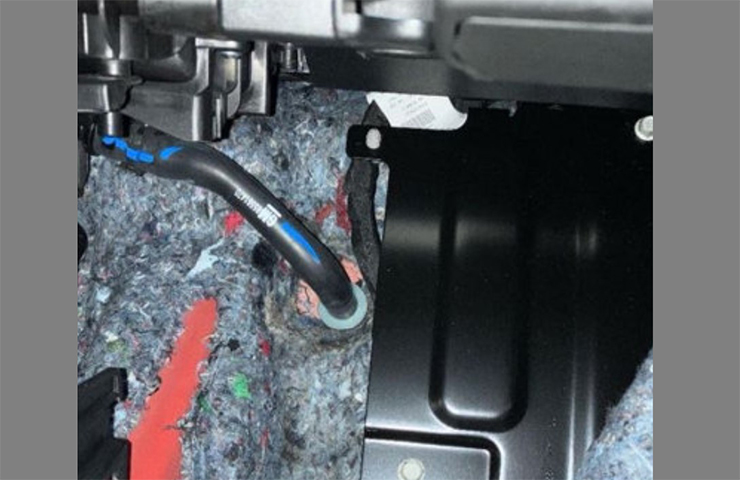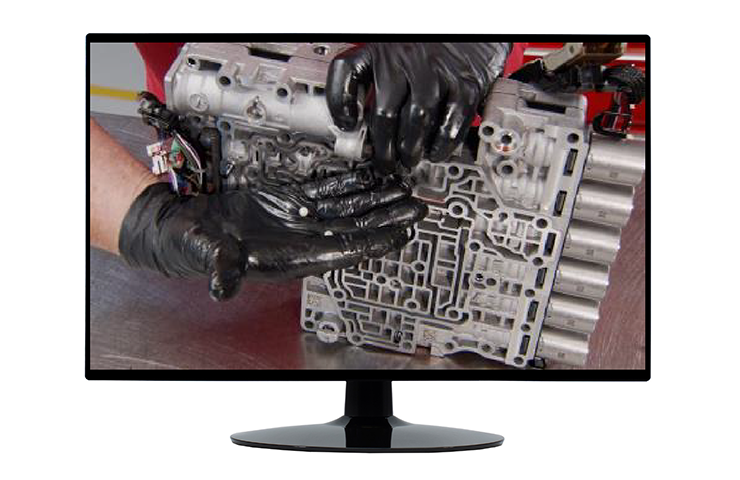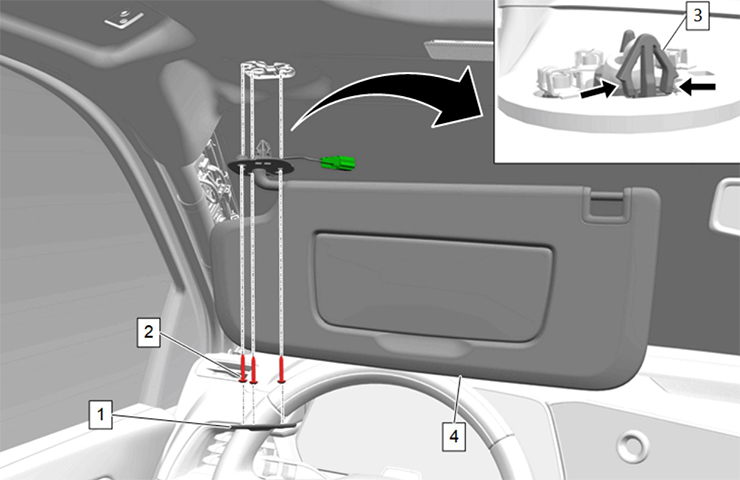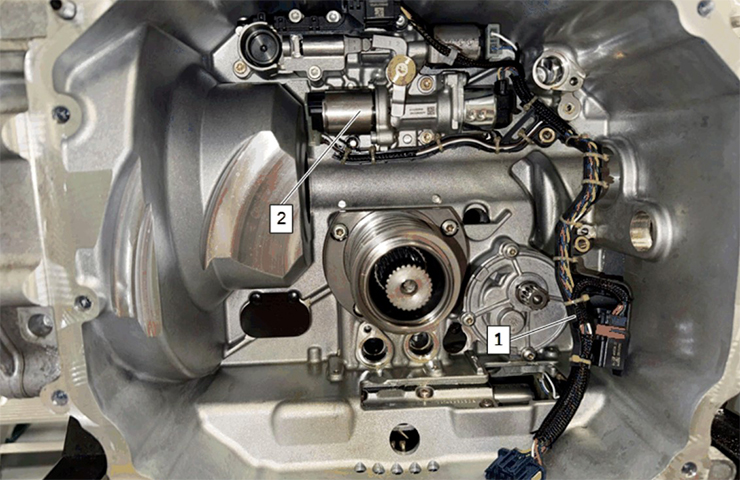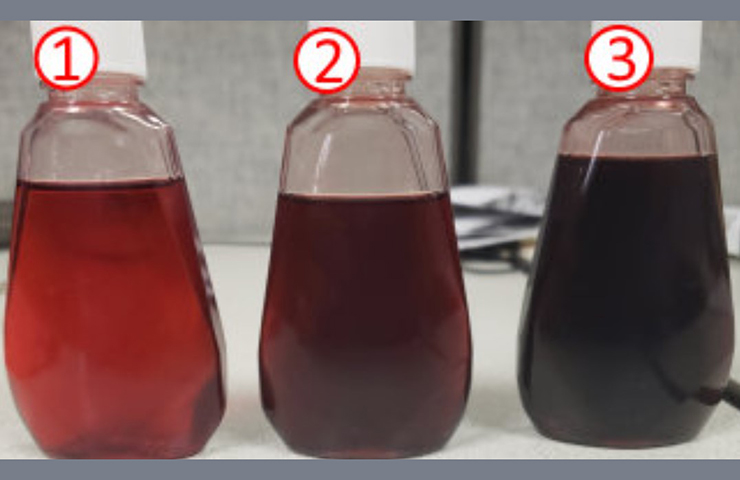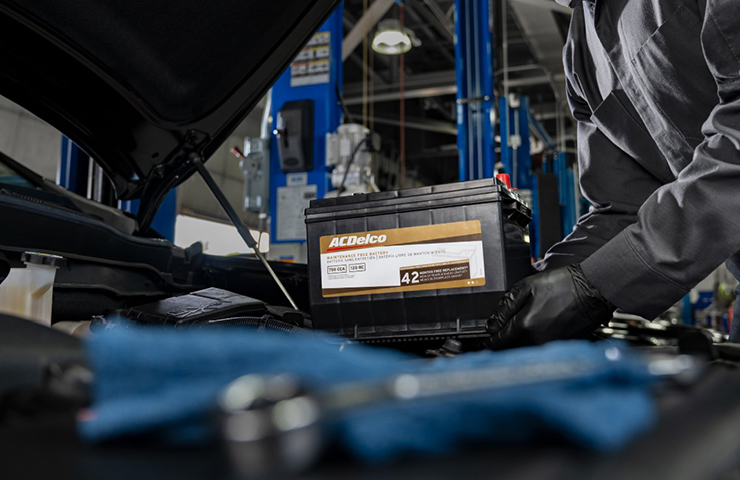The transmission fluid temperature of some 6L80 6-speed automatic transmissions (RPO MYC) and 6L90 6-speed automatic transmissions (RPO MYD) (Fig. 10) may be too hot under some operating conditions. Affected models include 2014-2020 Tahoe, Suburban, Yukon; 2014-2021 Silverado 1500, Silverado 2500HD/3500HD, Express, Sierra 1500, Sierra 2500HD/3500HD and Savana.
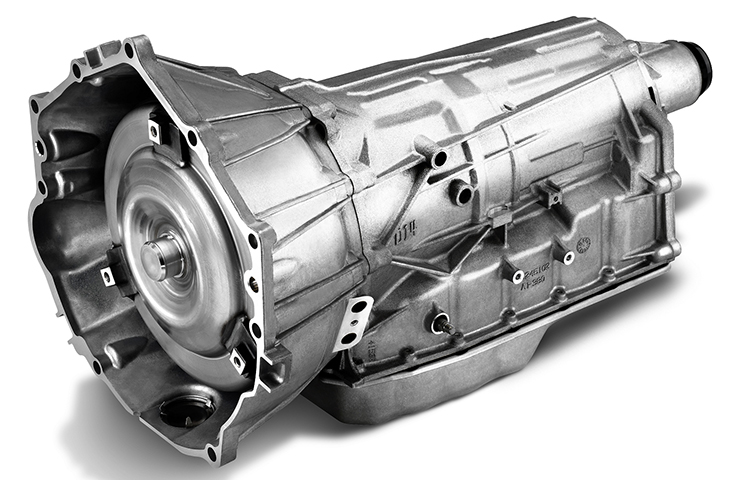 Fig. 10
Fig. 10
Following are several diagnostic tips to help isolate the source of a transmission overheating concern.
Thermal Bypass Valve
A new Thermal Bypass Valve (TBV) for the transmission cooler is available that has a lower operating temperature. The new TBV is available for some 2016-2021 Silverado, Sierra; 2016-2020 Tahoe, Suburban, Yukon; 2020-2021 Silverado 2500HD/3500HD, Sierra 2500HD/3500HD; 2021 Express and Savana models.
If the TBV has been replaced, the operating temperature will be lower. The previous TBV had a full-open temperature of 194°F (90°C). The new TBV has a full-open temperature of 158°F (70°C). Refer to Bulletin #21-NA-199 for more information.
The new TBV can be identified by the “70” stamped into the bottom of the valve. The “70” stamp is visible on the valve when it is installed on the transmission. (Fig. 11)
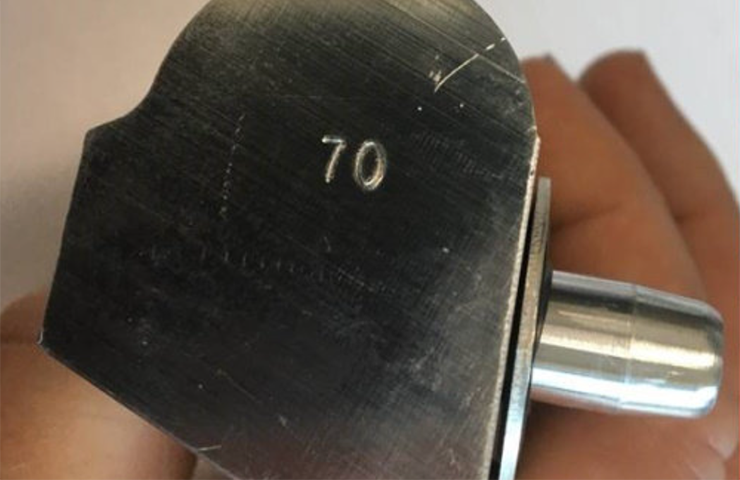 Fig. 11
Fig. 11
Operating Information
Before beginning diagnosis, drive the vehicle to bring up the transmission fluid temperature to 190°F (88°C).
Use an infrared thermometer to check the temperature of the transmission pan surface and compare it to the transmission temperature in the scan tool data. The temperatures should be similar.
Also use an infrared thermometer to check the temperature of the TBV as well as the cooler lines at approximately 6 inches (15 cm) from TBV. (Fig. 12) If the cooling system is operating properly, the cooler return line will be a lower temperature than the line going to the cooler. If the TBV is not opening, both cooler line temperatures will be lower than the transmission pan temperature and the TBV temperature will be higher than the pan temperature.
 Fig. 12
Fig. 12
In addition, compare the transmission pan temperature to the transmission temperature displayed on the Driver Information Center (DIC). If the DIC temperature is more than 15°F (9°C) higher than the pan temperature, the temperature sensor may be at fault. The sensor is part of the TEHCM (Transmission Electro-Hydraulic Control Module).
If the cooler line and TBV temperature points are above the engine coolant temperature, there may be an auxiliary cooler flow issue and the flow should be checked. Also check the cooler to ensure there is not a restriction to the air flow across it.
For more information, refer to #PIP5882.
– Thanks to Tom Ellison


